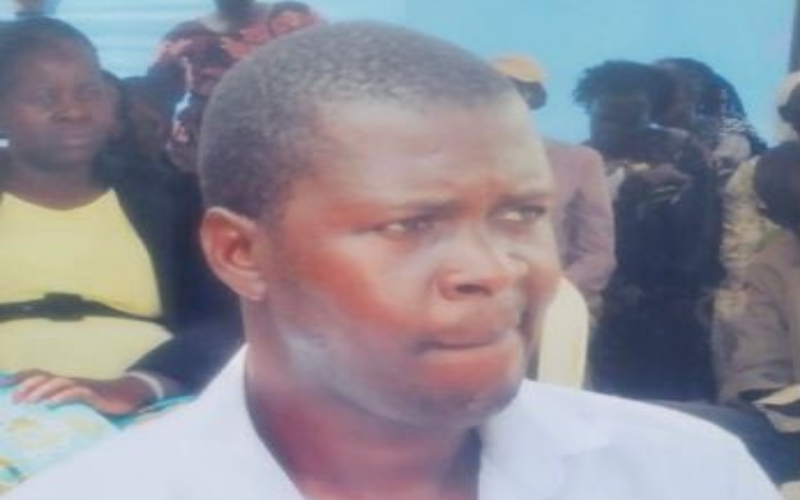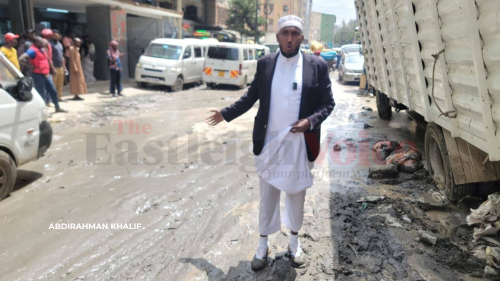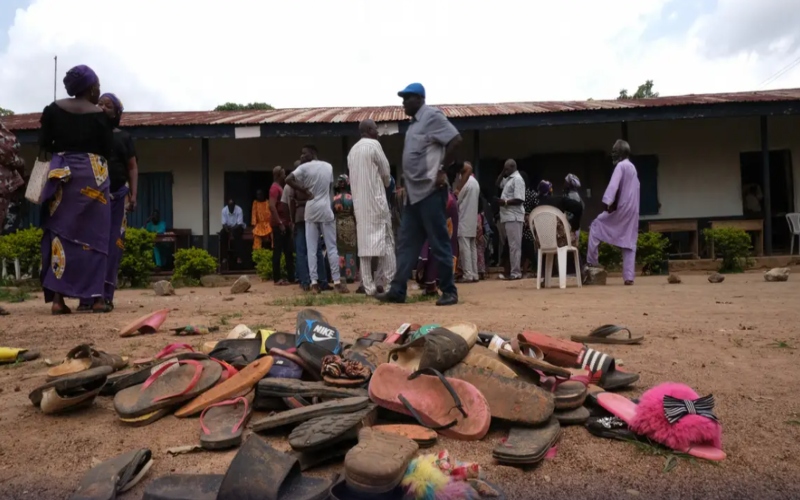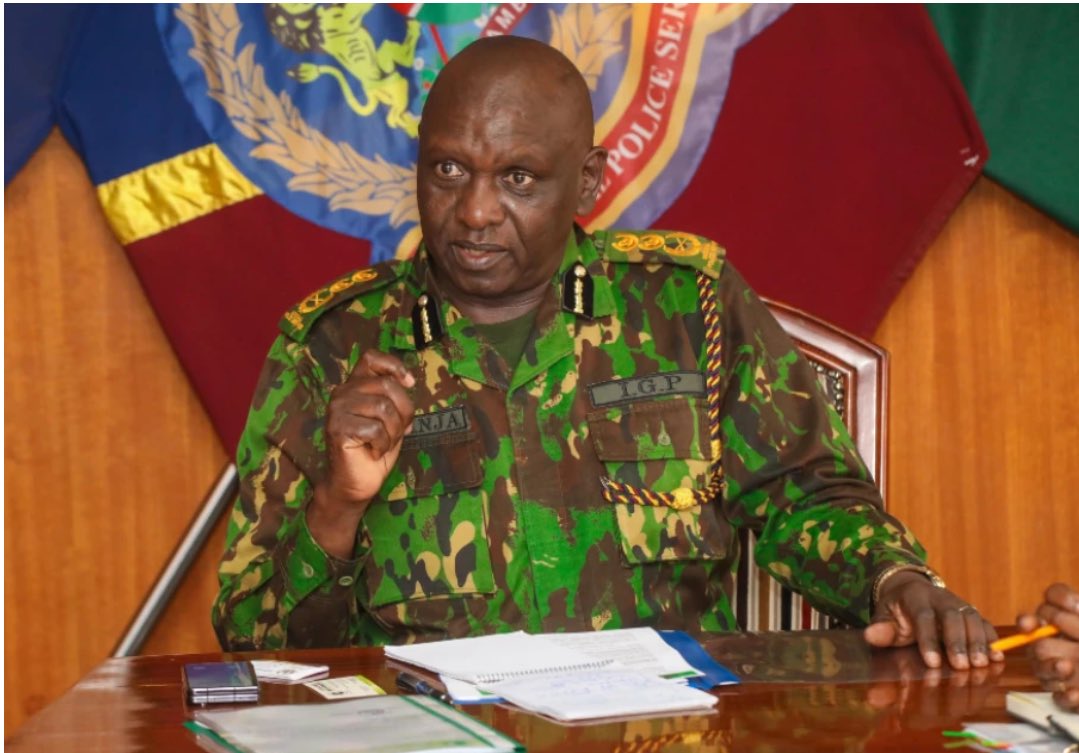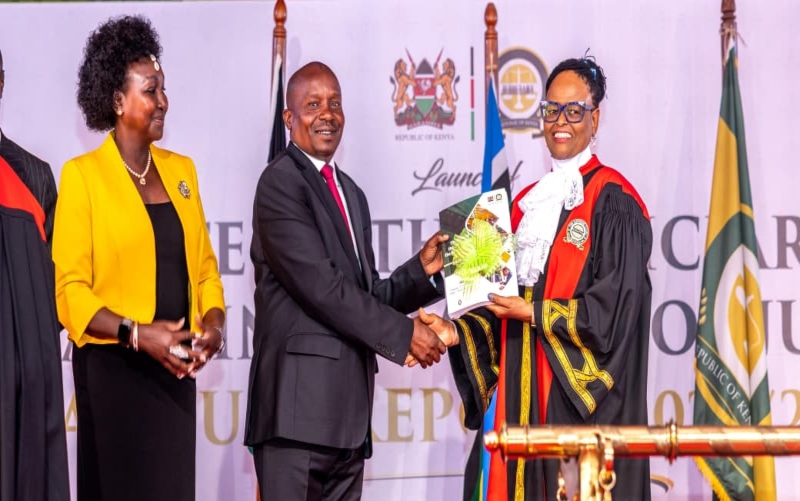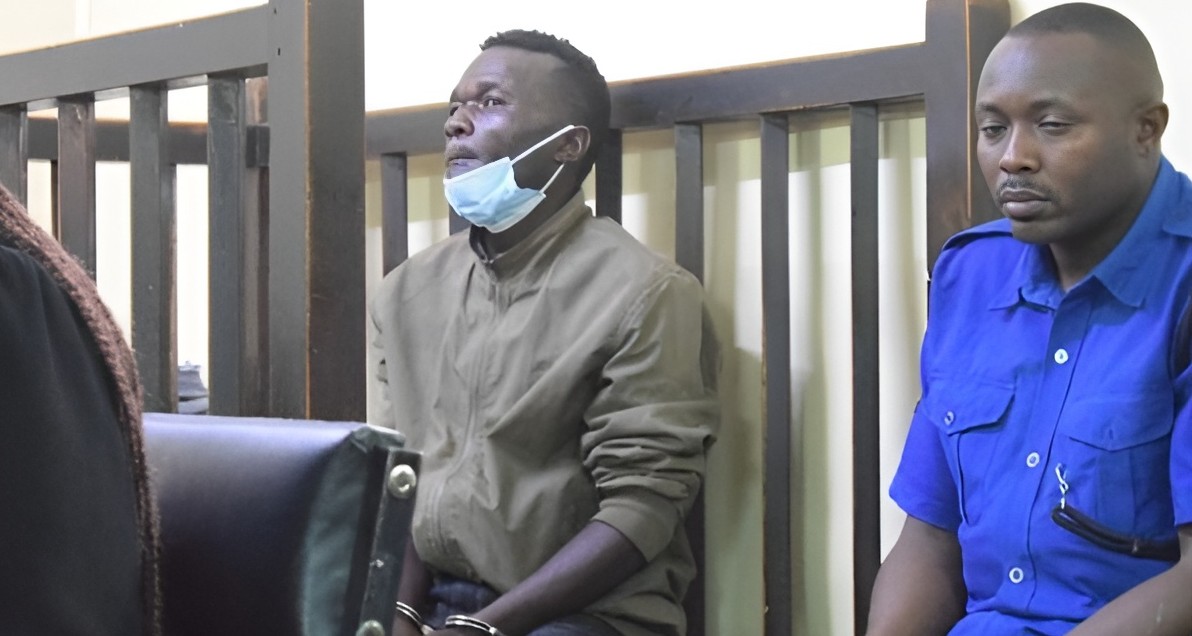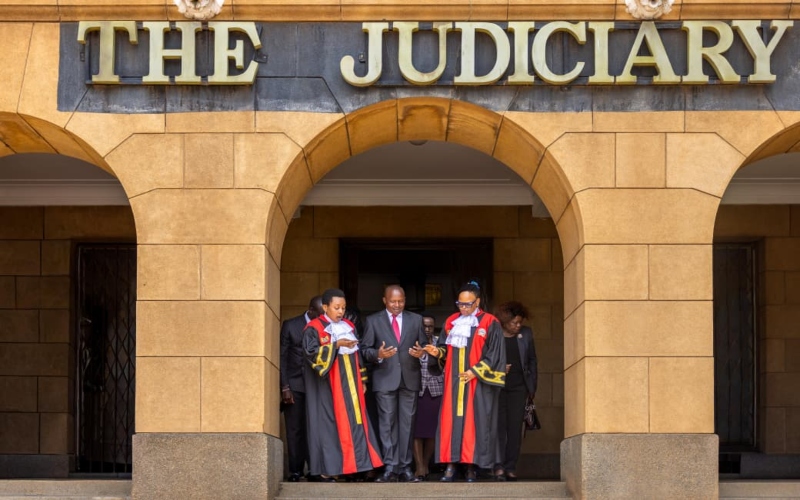Garissa residents shape water access project with public participation
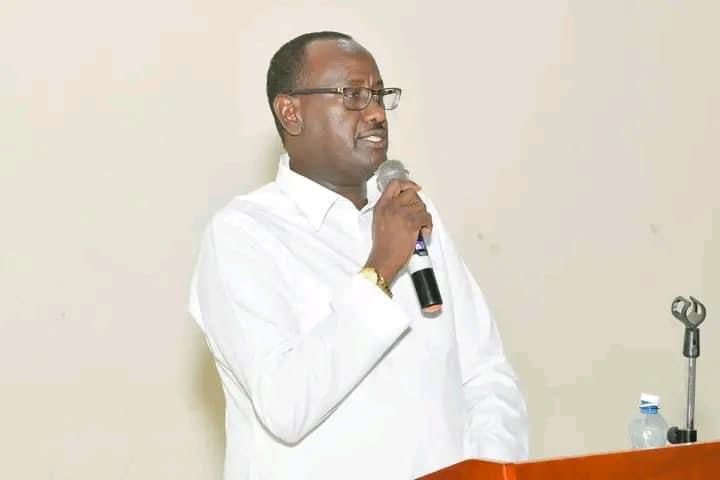
Residents of Garissa County got a say in how a major water project will be implemented during a public participation forum. The Horn of Africa Groundwater for Resilience Project, funded by the World Bank and partners, aims to bring sustainable water access to Garissa and other drought-stricken Kenyan counties bordering Ethiopia and Somalia.
Residents of Garissa County got a say in how a major water project will be implemented during a public participation forum. The Horn of Africa Groundwater for Resilience Project, funded by the World Bank and partners, aims to bring sustainable water access to Garissa and other drought-stricken Kenyan counties bordering Ethiopia and Somalia.
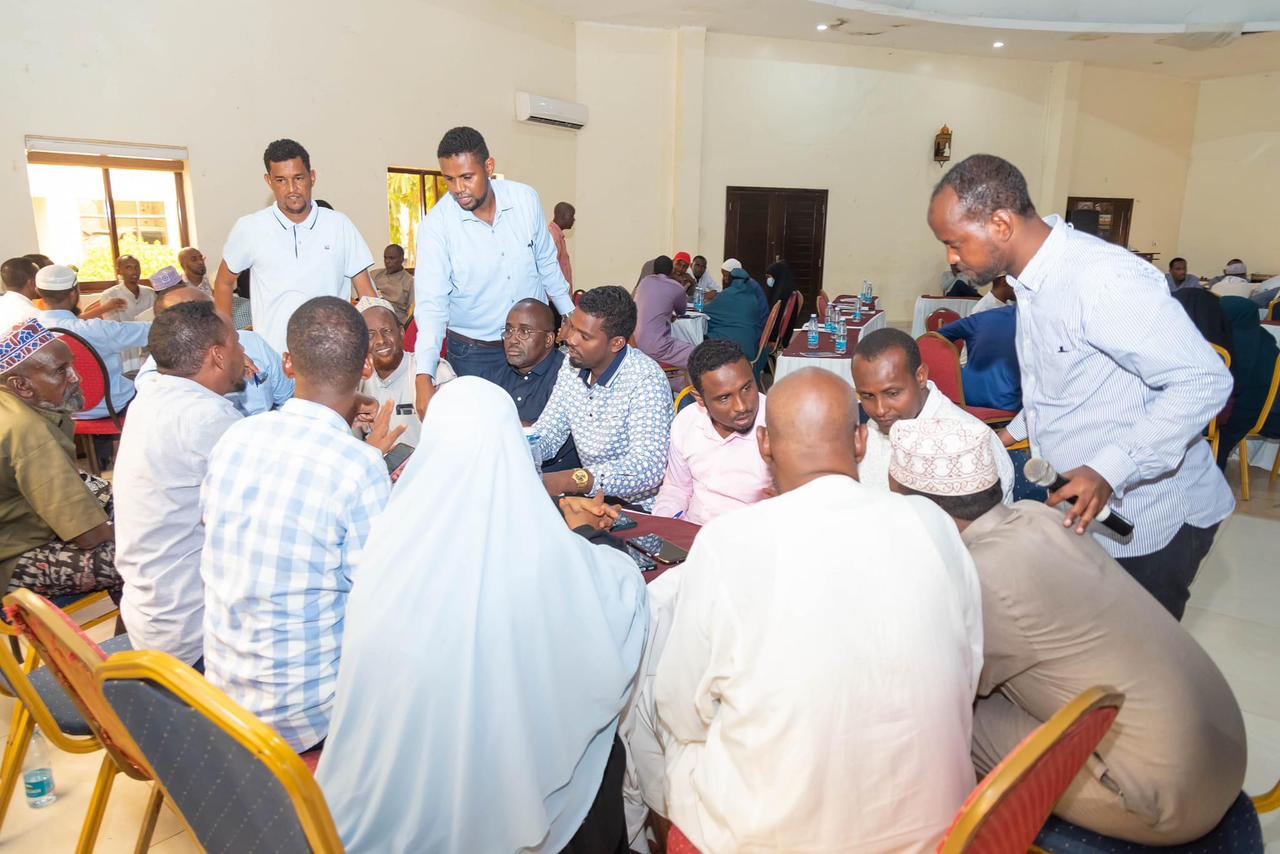 Members of public involved in the water project discussion
Members of public involved in the water project discussionMore To Read
- Garissa resident sues National Assembly over police service commission appointments
- Parliament pushes Public Participation Bill to streamline hearings
- Garissa human rights activists demand justice for student allegedly raped and killed by guardian
- Over 170,000 livestock targeted as Mandera and Garissa ramp up vaccination drives
- Garissa town residents call for urgent drainage fix as floodwaters swamp businesses, homes
- Traders count heavy losses as inferno ravages Garissa’s Hagadera refugee camp market
This six-year project targets 1.5 million households, focusing on aquifer systems with regional importance. Activities include drilling new boreholes, rehabilitating existing ones, and training operators and water user groups. Garissa's CEC for Water and Environment, Ahmed Ibrahim, highlighted the crucial role of public input in such projects, emphasizing how local concerns, views, and values will guide implementation.
Community members from various sub-counties who attended the forum voiced their needs, suggesting specific water projects to address their local water crises. The project holds promise to reduce water scarcity and lessen the County's dependence on expensive water trucking during droughts, ultimately benefiting the predominantly pastoralist communities.
This revamped version highlights the participatory nature of the project, the specific activities involved, and the potential impact on residents and authorities. It also retains the key information about the project's target population, scope, and funding sources. I hope this is more concise and engaging!
Top Stories Today
